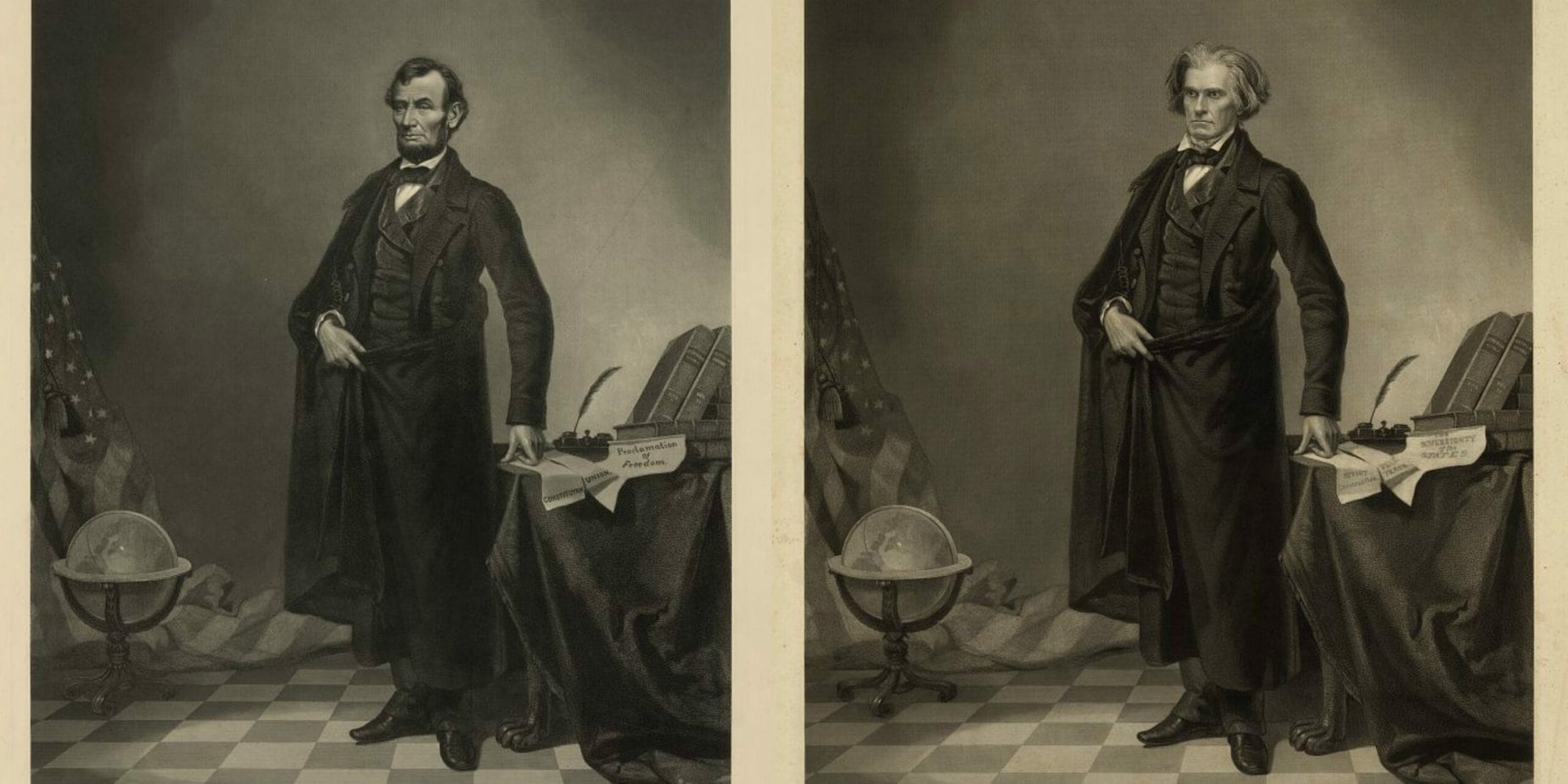
ADVERTISEMENT - CONTINUE READING BELOW
The Photo That Saved Lincoln’s Presidential Campaign
Matthew Brady had Lincoln pose for a photo, just before he gave an early 1860 speech at Cooper Union that secured him the Republican nomination. It became Honest Abe’s first widely disseminated image. Lincoln was rumored to be ugly, and gangly to the point of ungainliness. To address the ugly, Brady focused extra light on Lincoln’s face. It highlighted a visage that, while not exactly handsome, was not nearly as grotesque as his political opponents claimed. To make Lincoln’s neck look proportional, Brady touched up the photo to artificially enlarge the collar. He also had the future president curl up his fingers, so that their excessive length wouldn’t fuel the “gangly” narrative.

ADVERTISEMENT - CONTINUE READING BELOW
Politicians routinely edit their photos nowadays, but in 1860, what Brady did was revolutionary. The resultant photo was so positively received, that Lincoln remarked: “Brady and the Cooper Institute made me president“. It was not the only – and nowhere close to the most extreme – old timey photo editing of Lincoln’s image. After his assassination in 1865, the public was desperate for a then-popular “heroic pose” image of Lincoln. So portraitist Thomas Hicks went to extremes. He took a heroic pose image of extreme racist and slavery advocate John C. Calhoun, Lincoln’s total political opposite, and swapped in Lincoln’s head. It took a century before anybody noticed.

